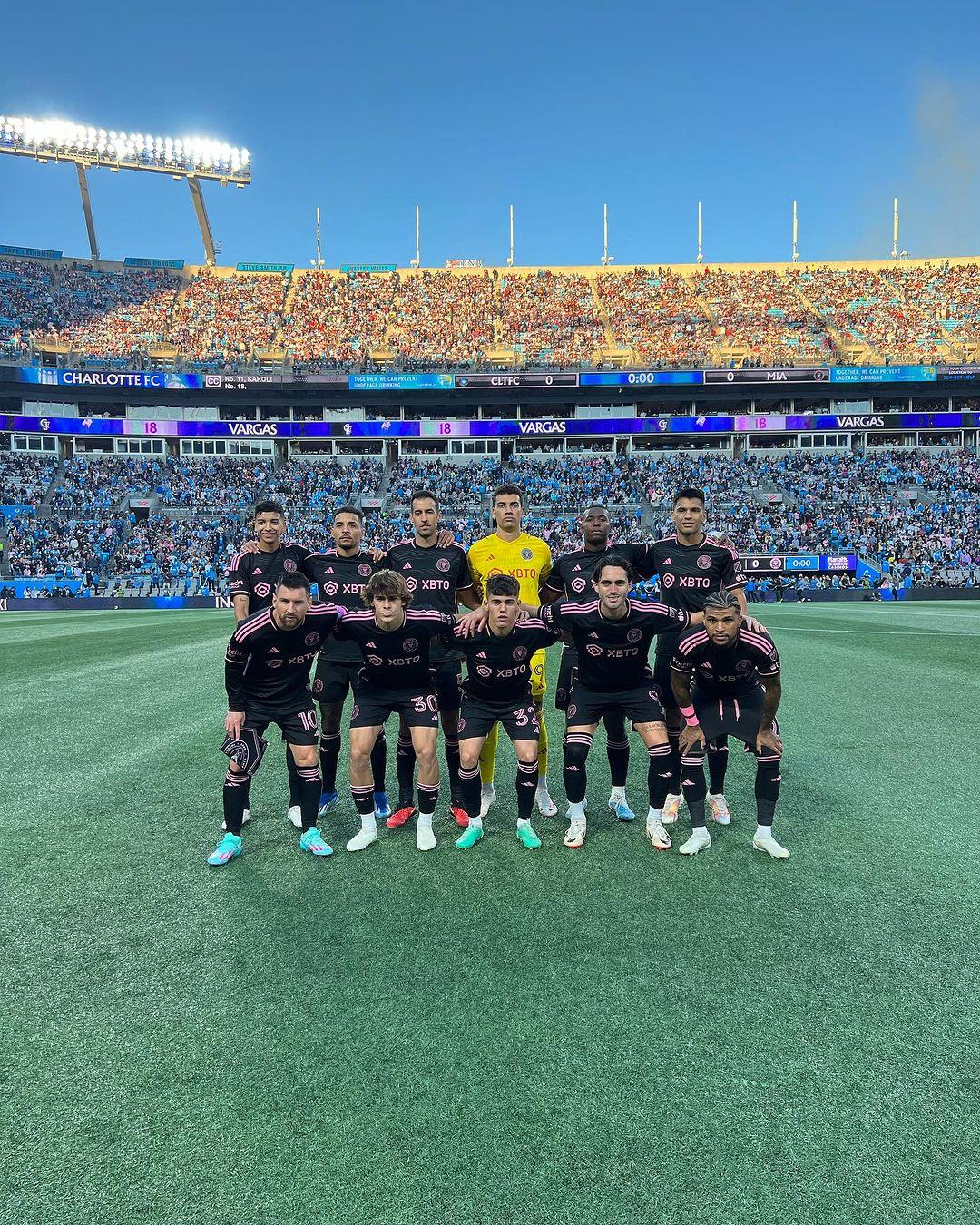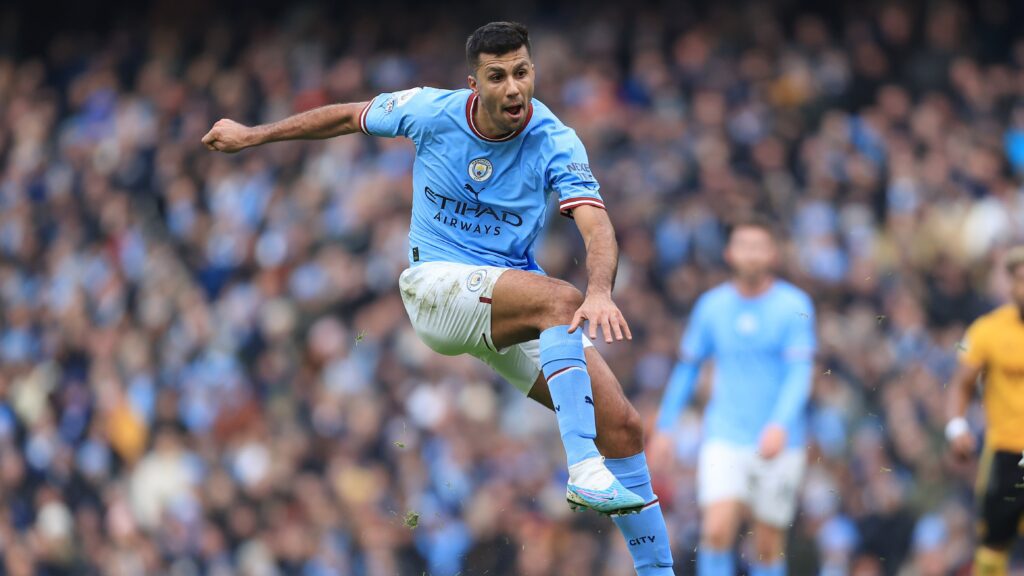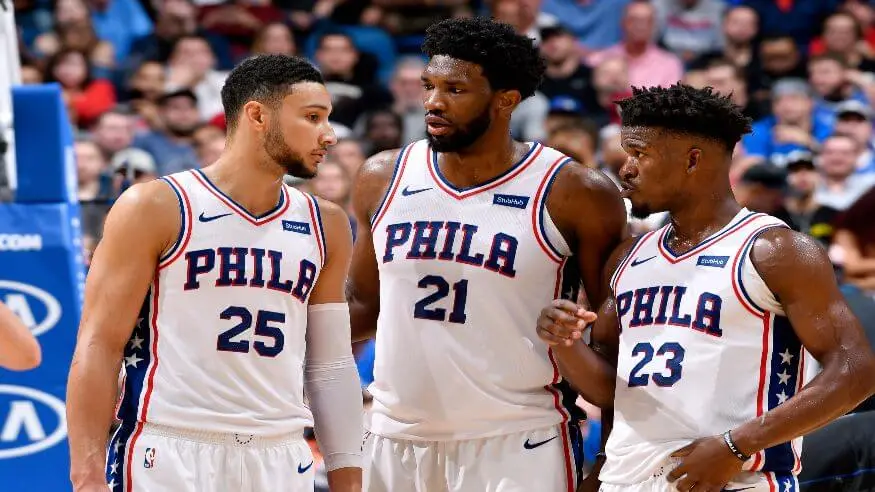The MLS gained popularity in recent months with 82,110 yelling fans flocking to the Rose Bowl in Pasadena, California, on Independence Day, surpassing the 67,827 spectators that attended Super Bowl LVII just a few months prior. More startlingly, given that soccer’s popularity is rising at the expense of established American sports, the record-breaking attendance was merely for a regular Major League Soccer (MLS) match.
In contrast to the NBA Finals (13 million), World Series (12 million), PGA Finals (10 million), Stanley Cup (5 million), and even the Winter Olympics (12 million), the 2022 FIFA World Cup final attracted 26 million viewers in the United States on linear TV last year. About 15 million Americans watched a simple World Cup group-stage match between the United States and England.
Traditional sports have yet to win viewers, subscribers, and advertisers on new digital streamers. Unsurprisingly, older-skewing legacy leagues are striking out with streamers’ younger-skewing audiences.
Apple and the MLS Strike Gold
Tim Cook, the CEO of Apple, and Eddy Cue, the SVP of Services, acquired exclusive rights to MLS in a significant move that did anticipate the digital age. It’s the sole conventional sports league that draws Gen Z males and other similar demographics to streamers. Among all the heritage leagues, its audience is the youngest.
Apple TV now offers an MLS Season Pass as part of the tech giant’s 10-year, $2.5 billion global agreement with Major League Soccer. Don Garber, the commissioner of Major League Soccer, calls it “a game changer,” as it streams every game live and uninterrupted across Apple devices in more than 100 countries.
Apple mediated an unprecedented revenue-sharing arrangement with Lionel Messi in a ground-breaking pact.
The paradox of U.S. soccer’s success
Even before the Messi effect, MLS was already the third most attended sports league in the U.S. Despite soccer’s success, MLS rights are the cheapest of all legacy leagues, even as other companies hit historically low attendance and ratings.
In 2022, MLS regular season matches averaged 343,000 TV viewers, nearly the same as an NHL game. The MLS 2022 final had more viewers than the 2020 Stanley Cup final. Astonishingly, three of the four lowest-rated Stanley Cup Finals were in the last four years–yet NHL rights are valued twice as much as MLS rights.
Over the last 15 years, baseball’s attendance dropped 30%–and average game viewership dropped from 2.4 million in 2020 to 1.5 million just three years later. Additionally, the last three World Series were the lowest-rated in history. Yet, MLB’s rights fees are nearly five times those of MLS.
NBA and NFL
Other leagues are struggling as well. The NBA’s last four years average viewers hit all-time lows. Three of the last four NBA Finals were among the worst-rated, including the lowest-ever 2020 Final. The 2023 PGA Championship’s Final Round was the lowest-rated in nearly two decades, and the last six Nascar Daytona 500s were the six lowest-rated ever.
The NFL is the only traditional sports league that’s weathered this dramatic decline. For decades, pro football has commanded the largest sports audience, with 16 million average regular season TV viewers. And 2023’s Super Bowl scored a ratings touchdown with 113 million viewers, the largest Super Bowl audience in six years. Those monster numbers are the reason for the NFL’s impressive $100 billion-plus media rights deals across TV and digital. The growing popularity of the MLS in recent months has also attracted Kentucky sports betting promotions, offering fans exciting opportunities to wager on their favorite soccer teams and games.
As aging sports with aging demographics head into their final innings, the playing field of the future will look very different from the past. The clock is ticking for most legacy leagues. Meanwhile, next-gen sports and MLS will join the NFL as the most popular sports of the next decade.
It’s no wonder that when fighting back tears of joy in Messi’s debut post-game interview, David Beckham (co-owner of Inter Miami CF) said, “It is such a moment for this country and for this league.” It was also a major moment for Apple, who scored big with their investment in the beautiful game on the verge of taking over America.
Investing and Possession
Player acquisitions are not the only reason the league is expanding. MLS ownership groups have invested majorly in their teams’ player facilities, marketing, and branding. Since many of the owners have a background in sports, their knowledge of professional sports administration has been crucial in increasing the league’s appeal.
The league has also benefited from the arrival of celebrity owners like Ryan Reynolds, Matthew McConaughey, and Will Ferrell, who have increased media coverage and added a hint of Hollywood glitz. Their participation has enhanced the atmosphere on and off the pitch with mystery and amusement.
Associations & Committees
MLS has supported football at the grassroots level through partnerships and initiatives to promote the game among young people. To guarantee that football keeps developing from the ground up, the league has concentrated on schools, young academies, and leisure leagues. These initiatives have raised awareness and helped nurture potential in the future.

Several factors, including star power, youth development, competitive balance, expansion, exciting stadium environments, strategic broadcast agreements, community involvement, international competitions, sizable investments from ownership groups, and grassroots efforts, have contributed to the Major League Soccer’s (MLS) amazing recent popularity surge.
Major League Soccer (MLS) has evolved from a little soccer league to a significant influence in North American sports, given the league’s rising trajectory. It’s fascinating to watch how Major League Soccer (MLS) develops and how it will influence soccer in the US and Canada in the future.



